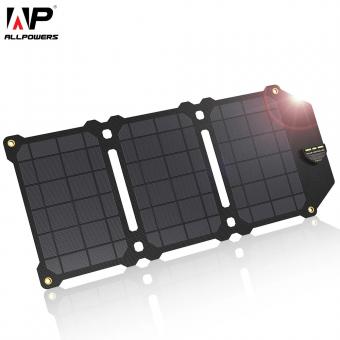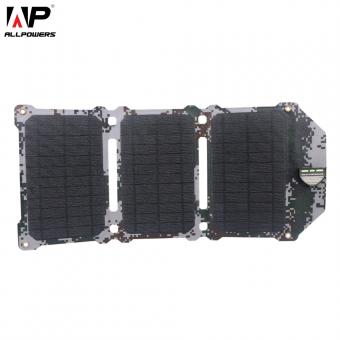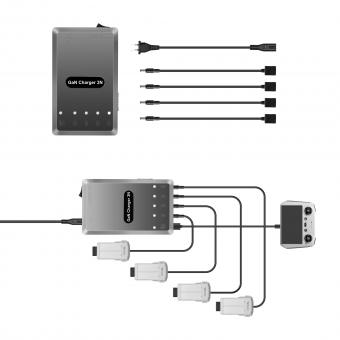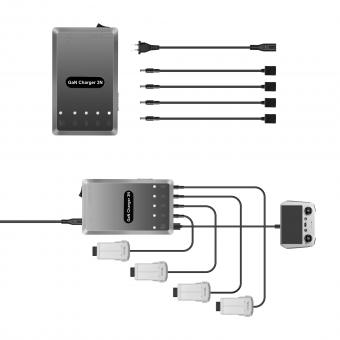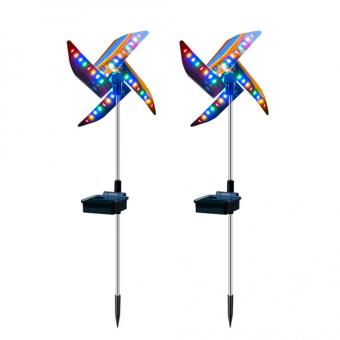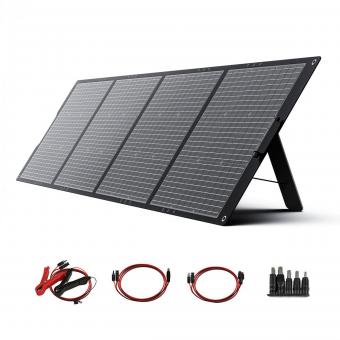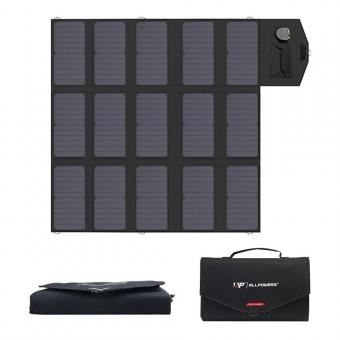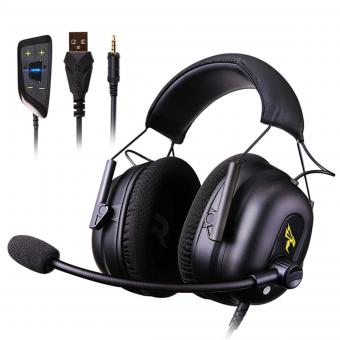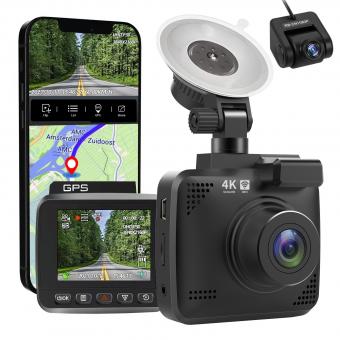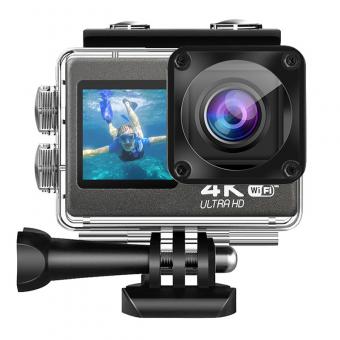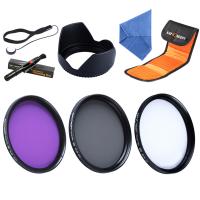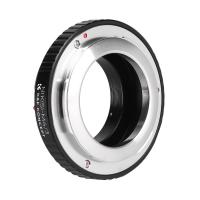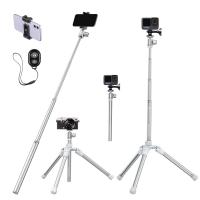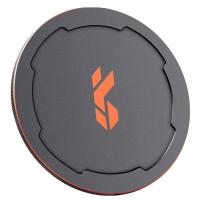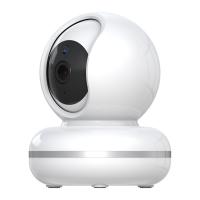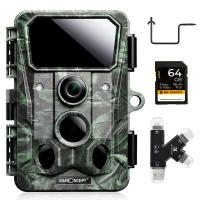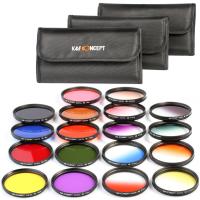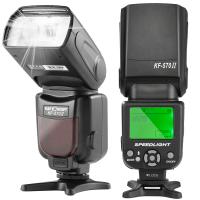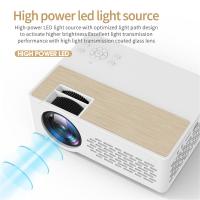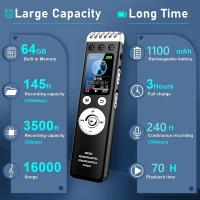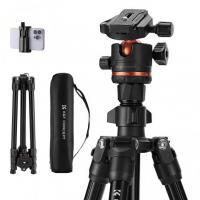Can One Ring Solar Panel Charge Two Cameras?
In the age of smart home technology, security cameras have become an essential component for many households. These devices provide peace of mind by allowing homeowners to monitor their property remotely. However, one common challenge faced by users is ensuring that these cameras remain powered, especially in areas where running electrical wiring is impractical. Solar panels have emerged as a popular solution, offering a sustainable and convenient way to keep security cameras charged. A frequently asked question in this context is whether a single Ring solar panel can charge two cameras simultaneously. This article aims to explore this question in detail, providing insights into the feasibility, limitations, and practical considerations involved.
Understanding the Basics

Before delving into the specifics, it is essential to understand how solar panels work and the power requirements of security cameras. Solar panels convert sunlight into electrical energy, which can then be used to power various devices. The efficiency of a solar panel depends on several factors, including its size, the amount of sunlight it receives, and the energy consumption of the connected devices.
Ring, a well-known brand in the smart home security market, offers solar panels designed to keep their cameras charged. These panels are typically rated to provide a certain amount of power under optimal conditions. For instance, a standard Ring solar panel might generate around 2 to 5 watts of power, depending on the amount of sunlight it receives.
Power Requirements of Ring Cameras
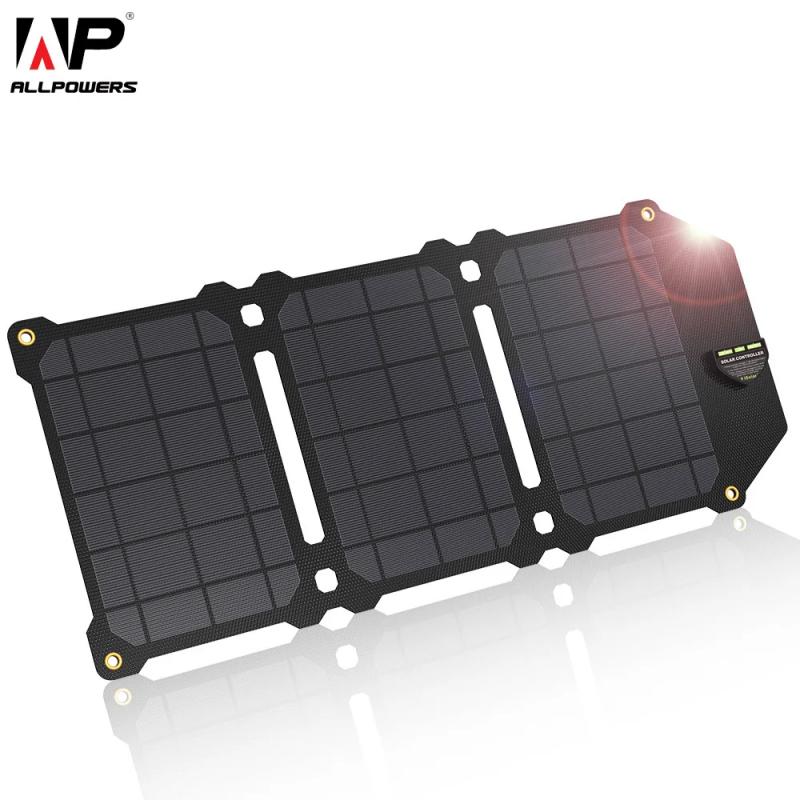
Ring offers a range of security cameras, each with its own power requirements. For example, the Ring Stick Up Cam and the Ring Spotlight Cam are popular models that can be powered by solar panels. The power consumption of these cameras varies, but on average, they require around 2 to 4 watts of power to operate continuously.
Feasibility of Charging Two Cameras with One Solar Panel
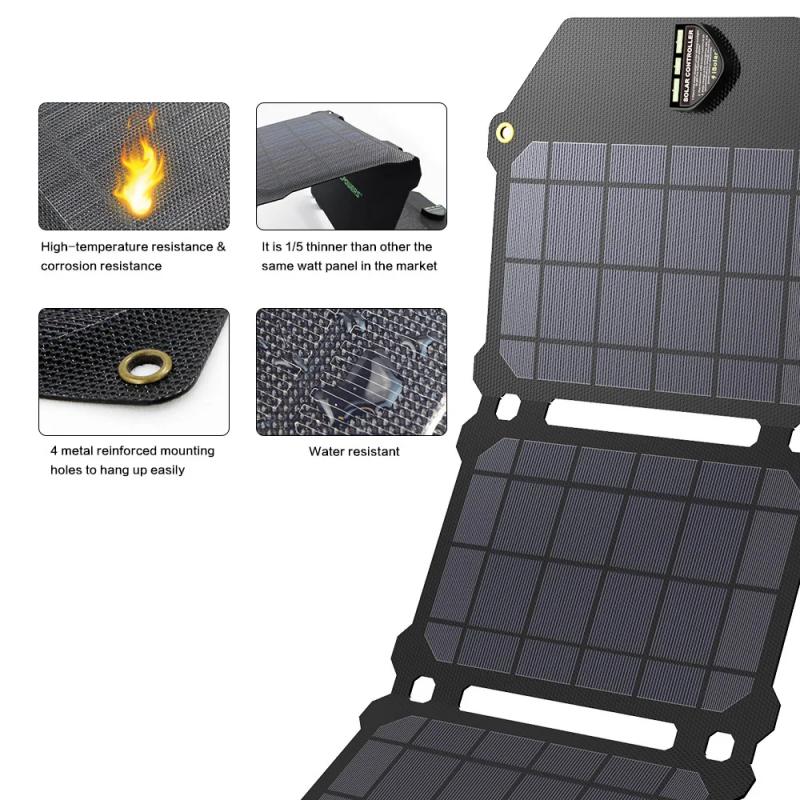
Given the power output of a typical Ring solar panel and the power requirements of Ring cameras, it is theoretically possible to charge two cameras with a single solar panel. However, several factors need to be considered to determine whether this setup will work effectively in practice.
1. Power Output vs. Power Consumption
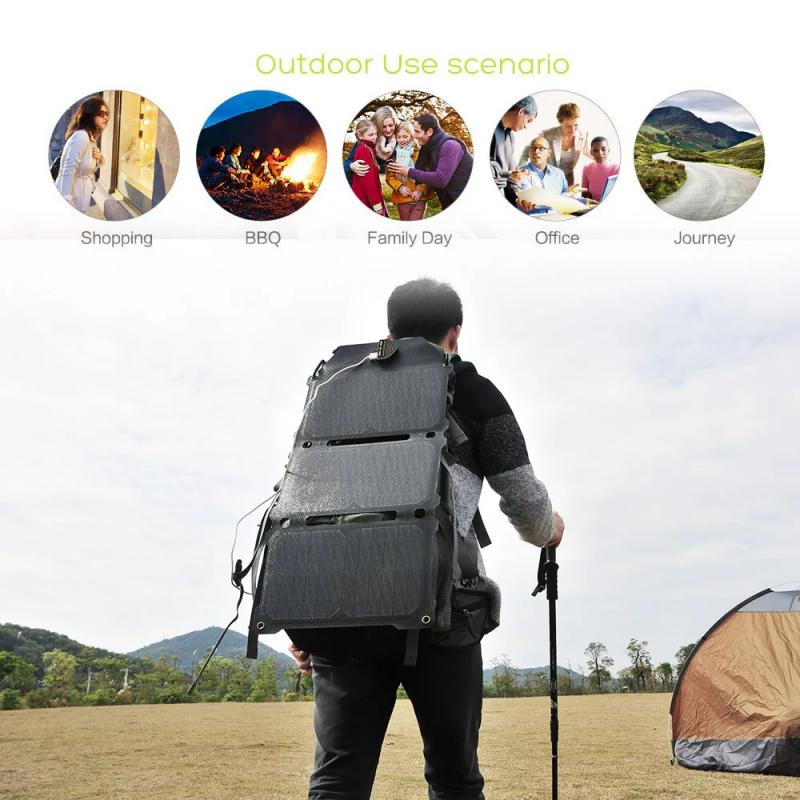
The first consideration is whether the solar panel can generate enough power to meet the combined consumption of two cameras. If each camera requires 2 to 4 watts of power, the total power requirement for two cameras would be 4 to 8 watts. A standard Ring solar panel, generating 2 to 5 watts, may struggle to provide sufficient power for both cameras, especially during periods of low sunlight.
2. Sunlight Exposure
The amount of sunlight the solar panel receives is a critical factor. Solar panels generate the most power when they are exposed to direct sunlight for several hours a day. If the panel is installed in a shaded area or during cloudy weather, its power output will be significantly reduced. In such cases, a single solar panel may not be able to keep two cameras charged.
3. Battery Capacity
Ring cameras typically come with built-in batteries that store excess power generated by the solar panel. These batteries can provide power to the cameras during periods of low sunlight. However, if the solar panel cannot generate enough power to fully charge the batteries, the cameras may eventually run out of power. The capacity of the batteries and the efficiency of the solar panel in charging them are crucial factors in determining whether a single panel can support two cameras.
4. Usage Patterns
The power consumption of security cameras can vary based on their usage patterns. Cameras that record continuously or have frequent motion detection events will consume more power than those that record intermittently. If both cameras are in high-traffic areas and are frequently triggered, their power consumption will be higher, making it more challenging for a single solar panel to keep them charged.
Practical Considerations and Recommendations
While it is theoretically possible for a single Ring solar panel to charge two cameras, practical considerations often make this setup challenging. Here are some recommendations to ensure reliable operation:
1. Assess Sunlight Availability
Before deciding to use a single solar panel for two cameras, assess the amount of sunlight the panel will receive. Install the panel in a location with maximum sun exposure, ideally facing south in the northern hemisphere or north in the southern hemisphere. Avoid shaded areas and ensure that the panel is clean and free of obstructions.
2. Monitor Power Levels
Regularly monitor the power levels of the cameras to ensure they are receiving sufficient charge. Ring's mobile app provides information on the battery status of connected devices. If you notice that the cameras are frequently running low on power, consider adding an additional solar panel.
3. Optimize Camera Settings
Adjust the settings of the cameras to optimize power consumption. For example, reduce the sensitivity of motion detection, lower the resolution of video recordings, and limit the duration of recording events. These adjustments can help reduce the overall power consumption of the cameras.
4. Consider Additional Solar Panels
If you find that a single solar panel is not sufficient to keep both cameras charged, consider adding an additional solar panel. Ring offers solar panel kits that can be easily installed and connected to the cameras. Using separate panels for each camera ensures that they receive adequate power, even during periods of low sunlight.
5. Use Battery-Powered Cameras
For areas with limited sunlight, consider using battery-powered cameras that can be recharged periodically. While this approach requires manual intervention to recharge the batteries, it ensures that the cameras remain operational even when solar power is insufficient.
In conclusion, while it is theoretically possible for a single Ring solar panel to charge two cameras, practical considerations often make this setup challenging. Factors such as the power output of the solar panel, the power consumption of the cameras, sunlight exposure, and usage patterns all play a crucial role in determining the feasibility of this setup. By carefully assessing these factors and following the recommended practices, homeowners can ensure that their security cameras remain powered and operational, providing continuous surveillance and peace of mind.

